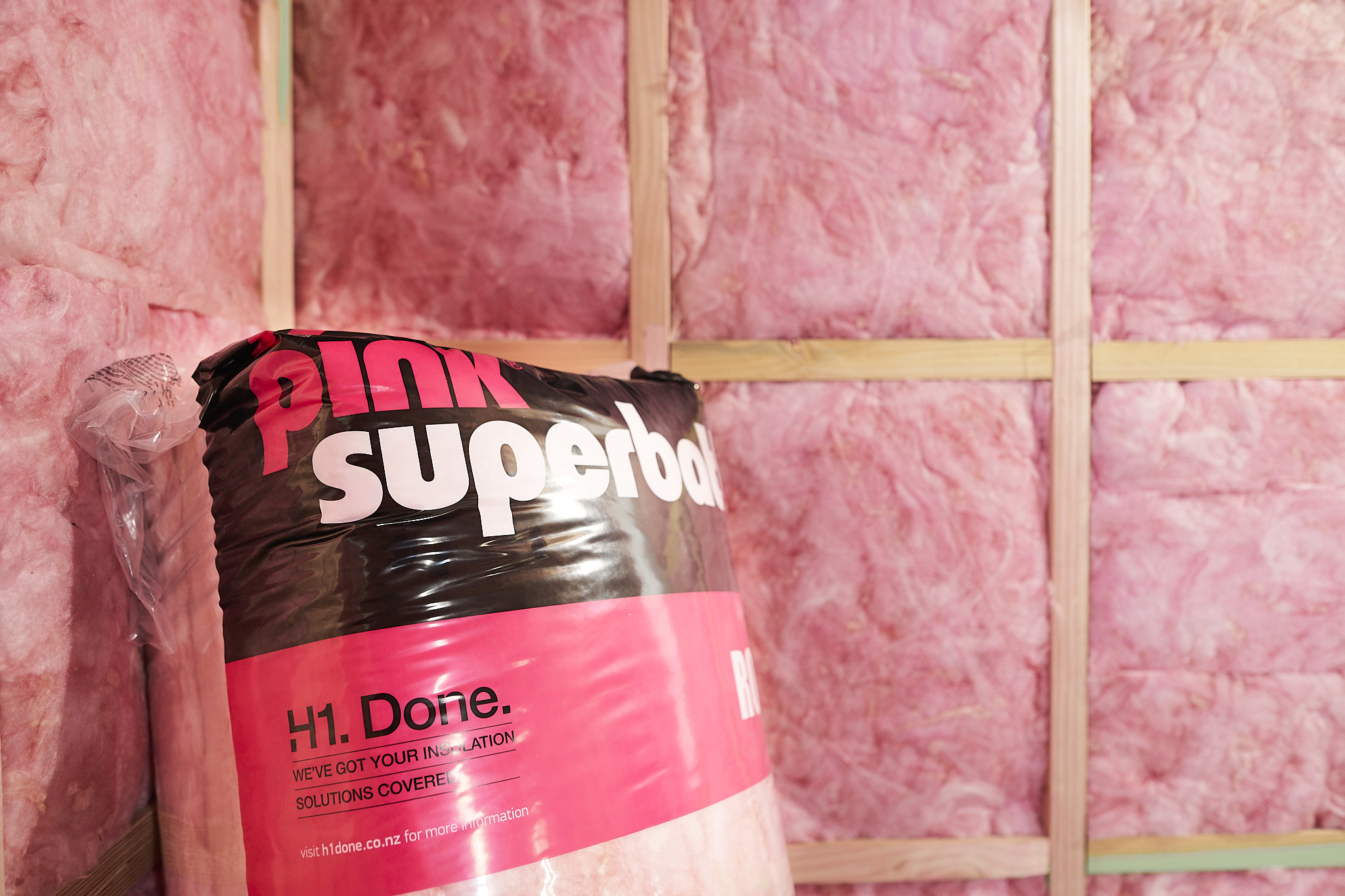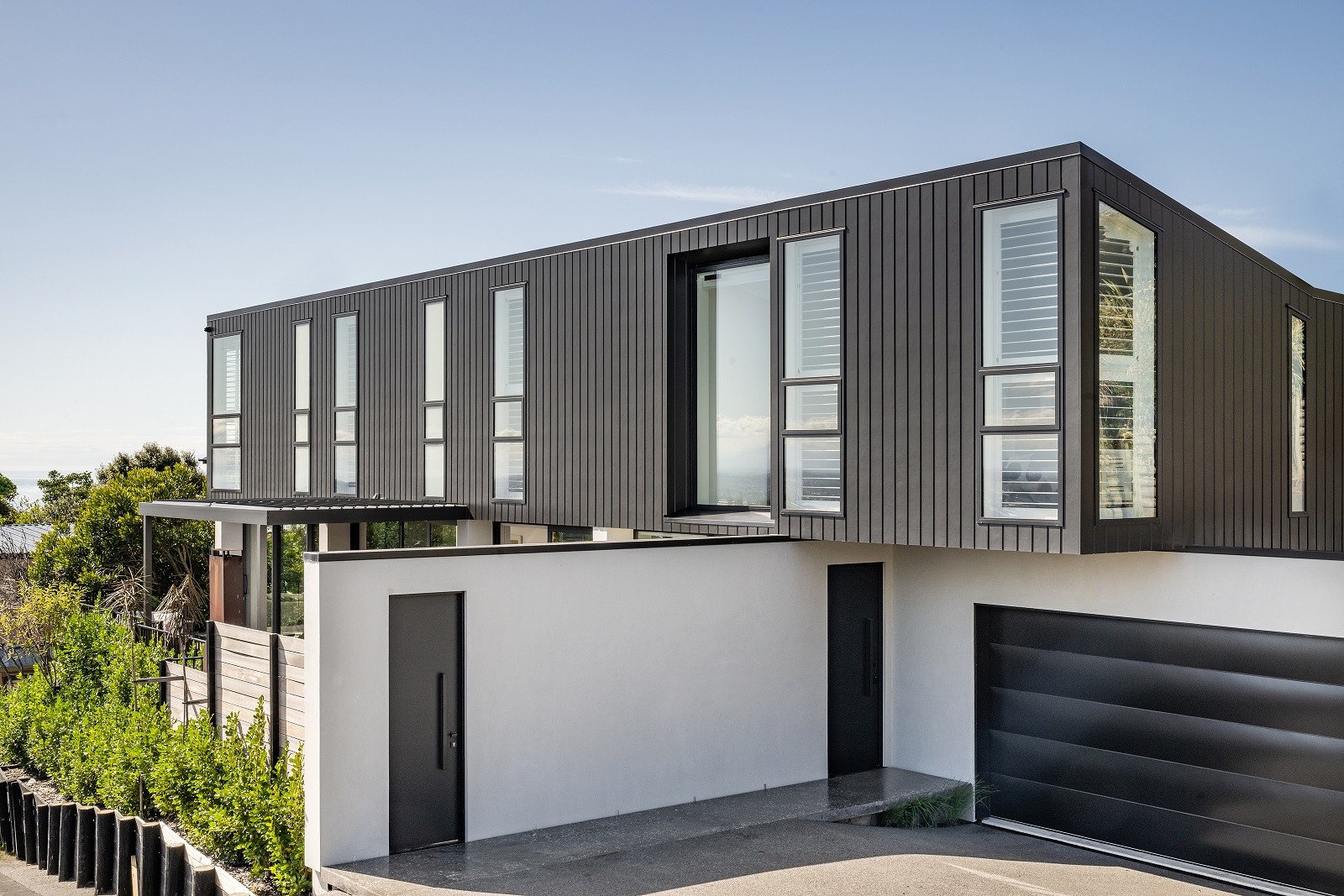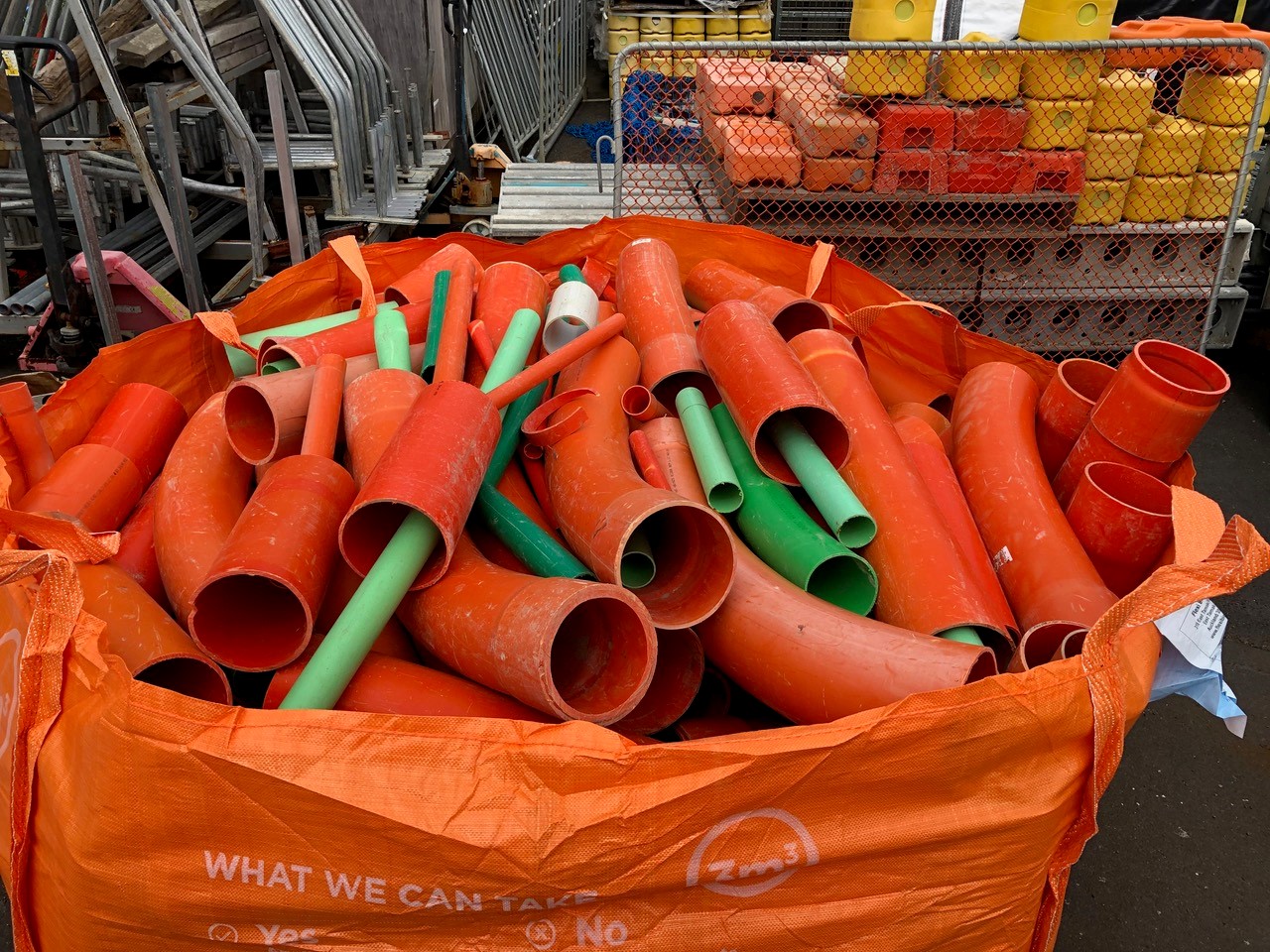It’s ironic that while 20/20 is the measure of perfect vision, 2020 was the year that no one saw coming.
While at the end of 2019 fans of Nostradamus were studying his ancient writings for clues to the fortunes of Donald Trump, the possibility of a war with China and imminent volcanic eruptions, they missed any mention of a novel microscopic bug that would plunge the world into chaos for a year or more to come.
Closer to home, at the same time, our economists also made their predictions. At year-end 2019, their focus was on a possible recession, fearing our slowing economy and additional headwinds such as Brexit and the looming US election – not to mention the New Zealand election - would cause our economy to go into the red for the first time in a decade.
Then suddenly, when New Zealand reported its first case of covid-19 on 28 February and as an unprecedented economic lockdown loomed, all bets were off.
For our sector, 2020 has been a strange combination of dramatic change and business as usual, of pessimism and hope for optimism.
While we locked down full of uncertainty about the future of our businesses, we had the previously unlikely reality of billions of dollars of Government cash being handed out to businesses to keep their staff employed. In fact, the construction sector had the highest proportion of wage subsidy and other business support payments during the Lockdowns of 2020.
And while we lived isolated in our bubbles, for many, business continued by email and zoom. Working in teams, alone in our kitchens and lounge rooms, interrupted occasionally by pets and children.
Our March edition of Industry Insider reflected the concerns of the businesses and challenges for the sector. A $12 billion Government commitment to infrastructure spending guaranteed the livelihoods of contracting firms, but commercial construction predicted at least six months disruption, and residential, 12 months.
In response to our ‘What's of most concern’ question, answers were unanimous across the sectors – “while work pipelines were mostly holding up, the industry is touching wood that the orders will be honoured and that construction will begin in earnest again in five week’s time.” We all held our breath.
Westpac’s May forecast was gloomy. “Weakness in economic conditions will be a drag on new home sales, and we expect that house prices will fall 7% through the back half of 2020,” it said.
Naylor Love CEO, Rick Herd echoed the fears of many when he told Rod Oram: “I'm personally quite pessimistic about the situation at the moment.
“Current projects will keep construction companies busy for the next six to 12 months. But looking ahead, recent industry data shows some 250 projects have already been postponed and more are likely to follow, given the uncertainty of economic activity,” Herd said.
That might have been true, had not the Kiwi ‘Go hard and go early’ strategy delivered a reasonably stable platform to work from as the Construction sector bounced back.
Remarkably, the cancellations didn’t pan out, the Wage Subsidy kept people employed and locked down workers dived into DIY and renovations. Technology became our lifelines, as we worked remotely, with coworkers around the country and around the world.
Even Councils stepped up, as Ian McCormick of Auckland Council told us for Industry Insider in May that the Auckland Council had embraced the digital challenge.
“The good thing about this time, if there's anything good about it, is that we're probably going to end up with almost 100 per cent of the industry on that digital channel when we come out of lockdown,” he said.
And then post-lockdown, with record low interest rates, and LVRs removed, property values have blown out and investors are back in the market in a big way. Order-books have re-filled, banks are ready to lend, and returning Kiwi expats are bringing both money and skills to fuel the market further.
Now as we go into the Christmas break, our sector is proving remarkably resilient. The feared pipeline collapse hasn’t happened – in fact skills shortages and raw material shortages due to international freight disruption are the only significant dark clouds on our Post-Covid horizon.
There is definitely good reason for optimism.
We’ve all learned a lot this year, about resilience, about collaboration and about caring for each other. At CMS, we’ve shared all the challenges and we’ve been proud of the part we’ve played to help keep the industry moving forward and communicating with you all via this newsletter.
We’re hoping that with a vaccine and the confidence that may bring, we’ll be back to full productivity in 2021 and beyond. From what we see, the pipeline of work is certainly looking strong.
From all of us at CMS and Industry Insider, thanks for your support. We’ll catch up with you again in the New Year.




